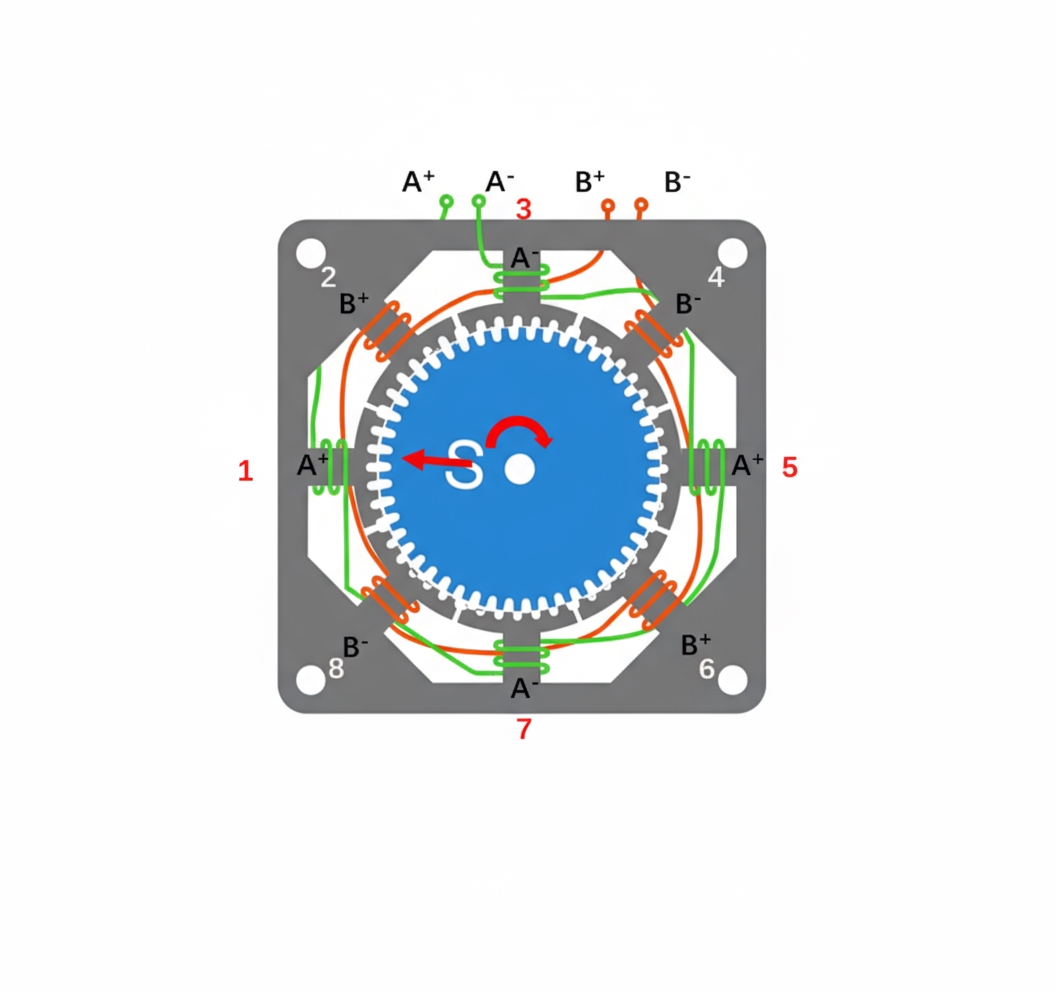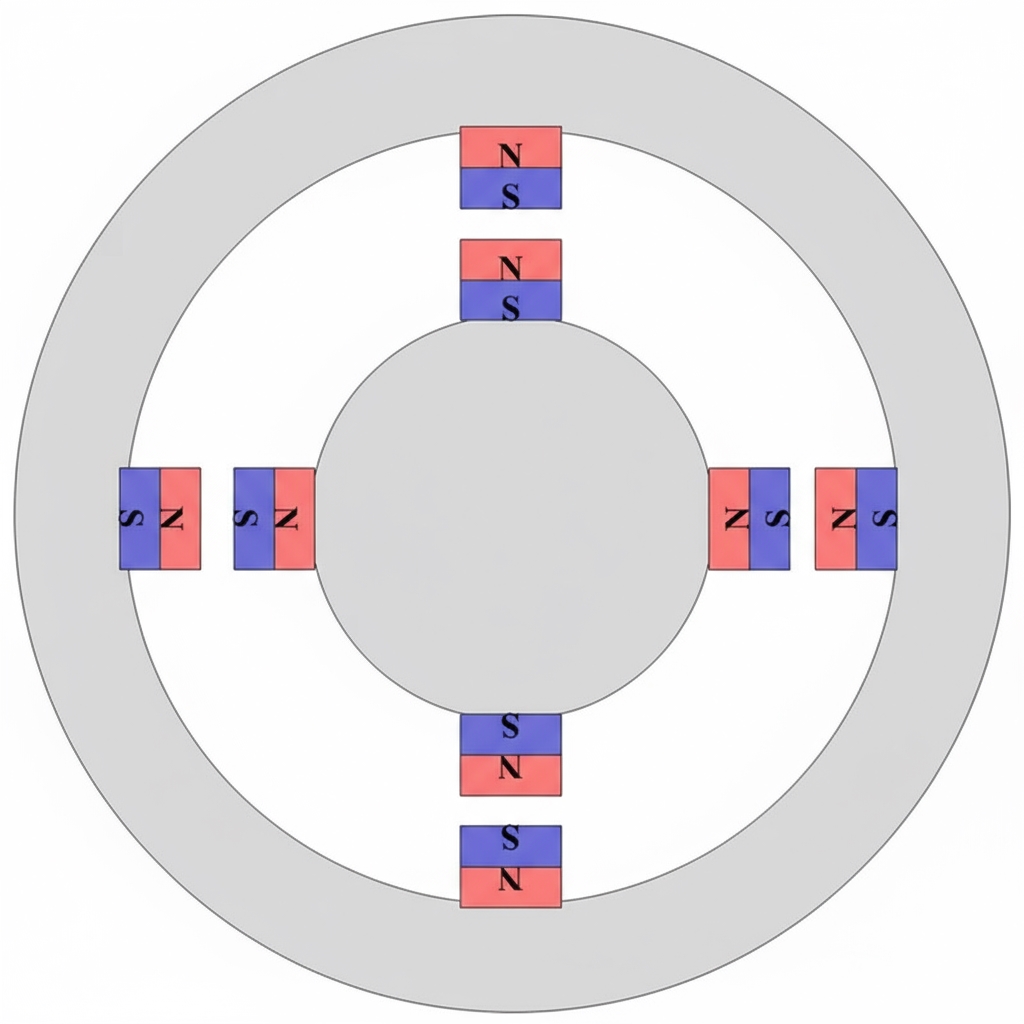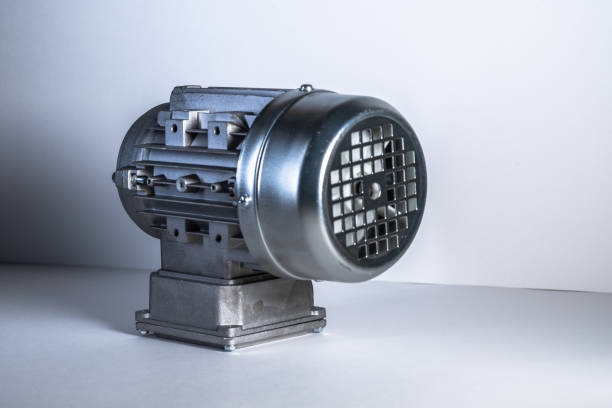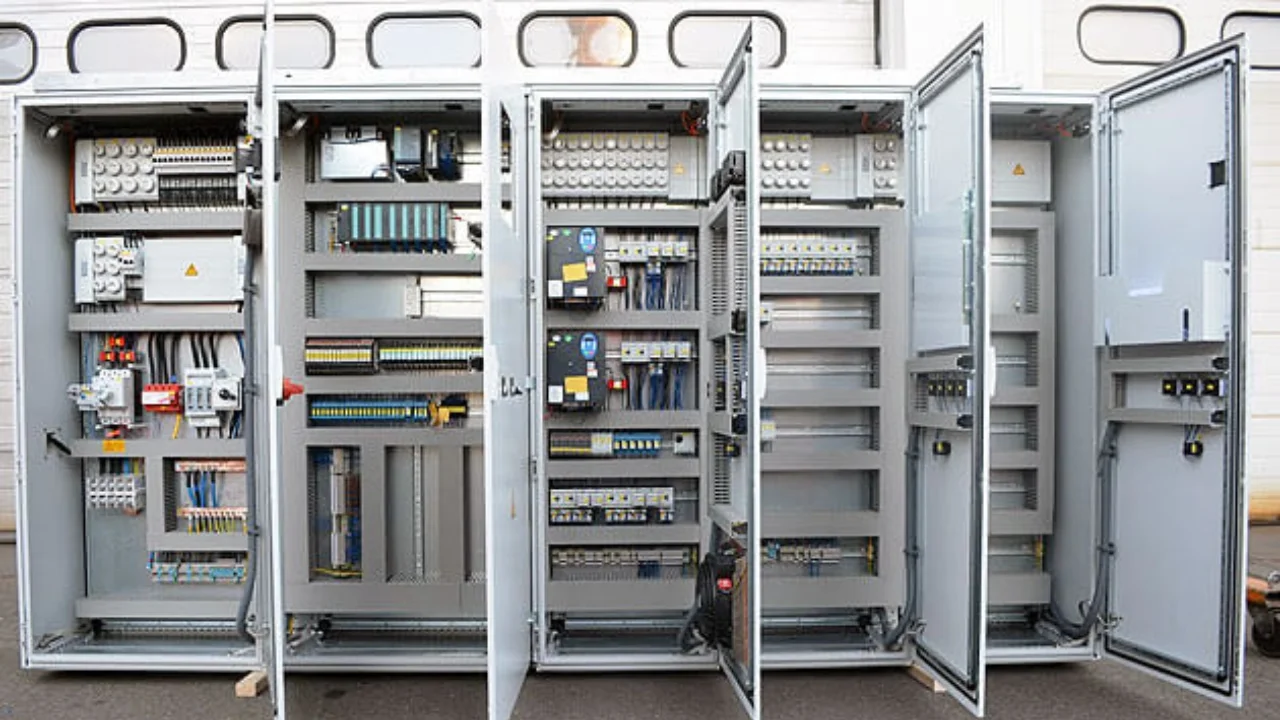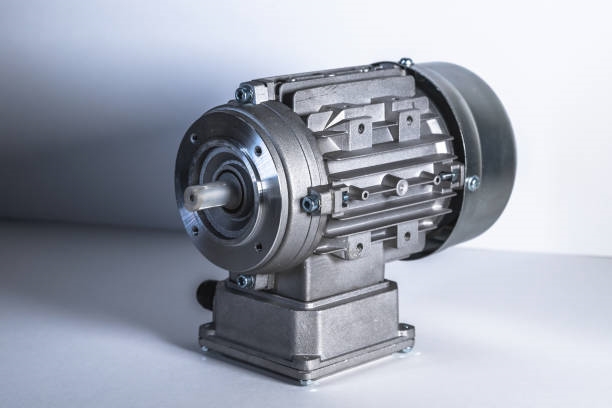Control Requirements
Press the start button SB2: motor M1 starts first; after 20 seconds motor M2 starts; 100 seconds later motor M2 stops; 25 seconds after that motor M1 stops. In an emergency, pressing SB1 stops both motors immediately.
Wiring Photos
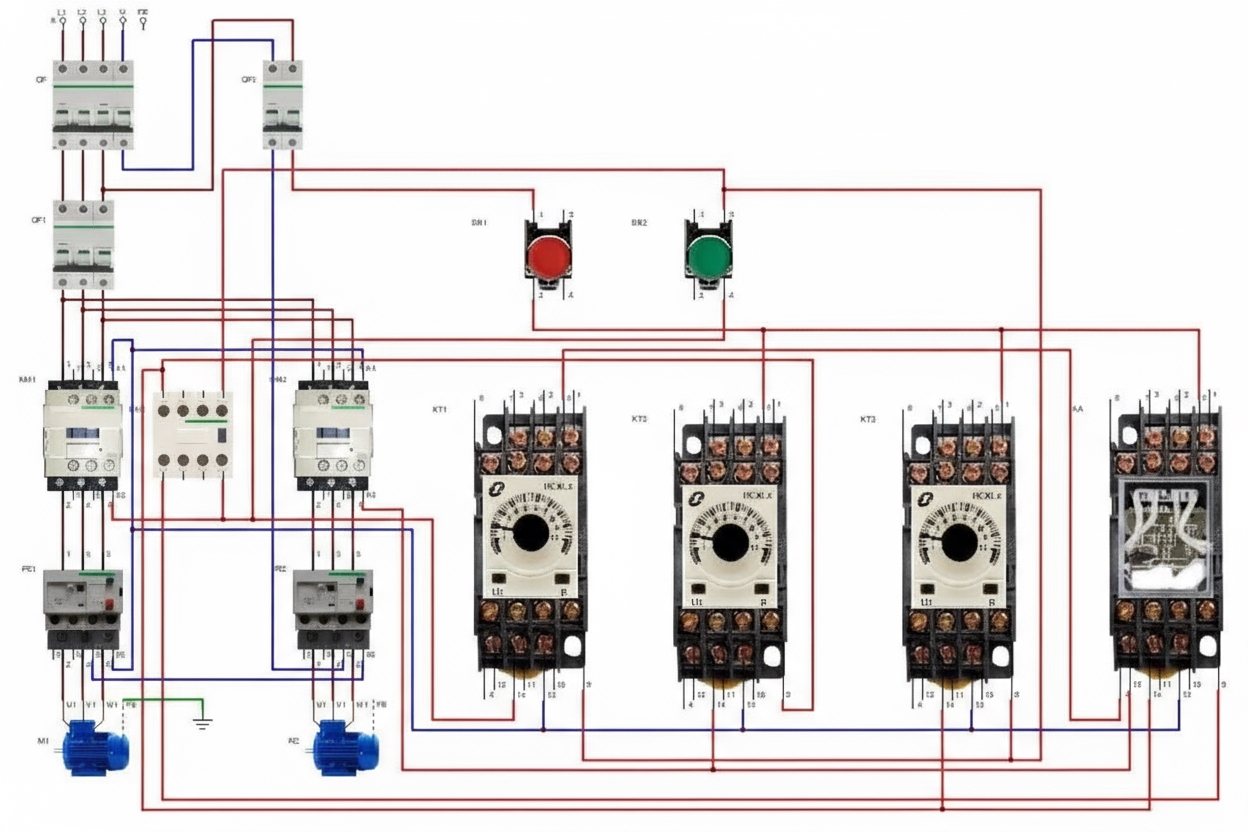
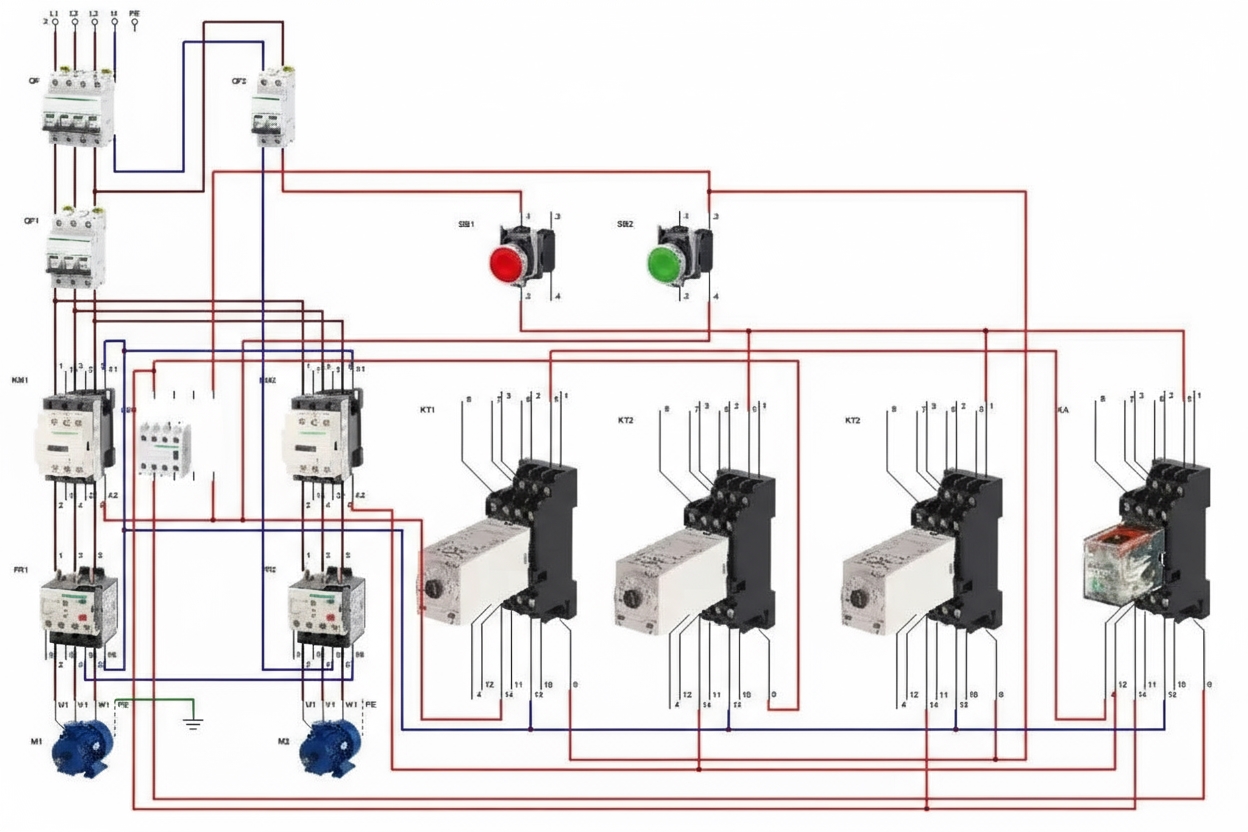
Circuit Analysis
When SB2 is pressed, the KM1 coil is energized and its normally open auxiliary contact closes for self-holding. Motor M1 starts. At the same time the on-delay timer KT1 coil is energized and begins timing, set for a 20-second delay.
After 20 seconds, the KT2 normally open auxiliary contact closes, energizing the KM2 contactor coil and starting motor M2. Simultaneously KT2 coil begins timing, set for a 100-second delay.
After the 100-second delay, the KT1 normally open auxiliary contact closes, energizing the intermediate relay KA coil. KA latches itself via self-holding, so KA's normally closed auxiliary contact opens and the KM2 coil is de-energized. Motor M2 stops immediately. At the same time the KT3 timer coil is energized and begins timing, set for a 25-second delay.
After 25 seconds, the KT1 normally closed auxiliary contact opens, de-energizing the KM1 coil and stopping motor M1.
Notes on On-Delay Relays
An on-delay relay (equivalent to the TON timer in Siemens PLCs) delays the closing of its normally open contact after being energized. When using on-delay relays or TON timers, note two points: 1) They require a sustained input signal or continuous power to operate correctly, so an intermediate relay is often used to supply them. 2) The on-delay relay must be reset promptly after its timing cycle completes; otherwise its normally open contact may remain closed and its normally closed contact may remain open, affecting the next operation. A self-reset method is to place a normally closed contact in series with the on-delay relay's supply circuit.
 ALLPCB
ALLPCB


